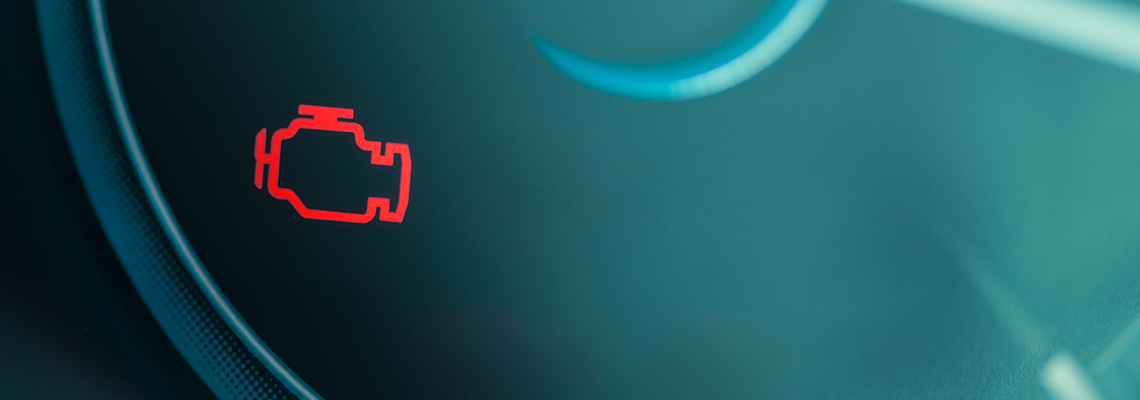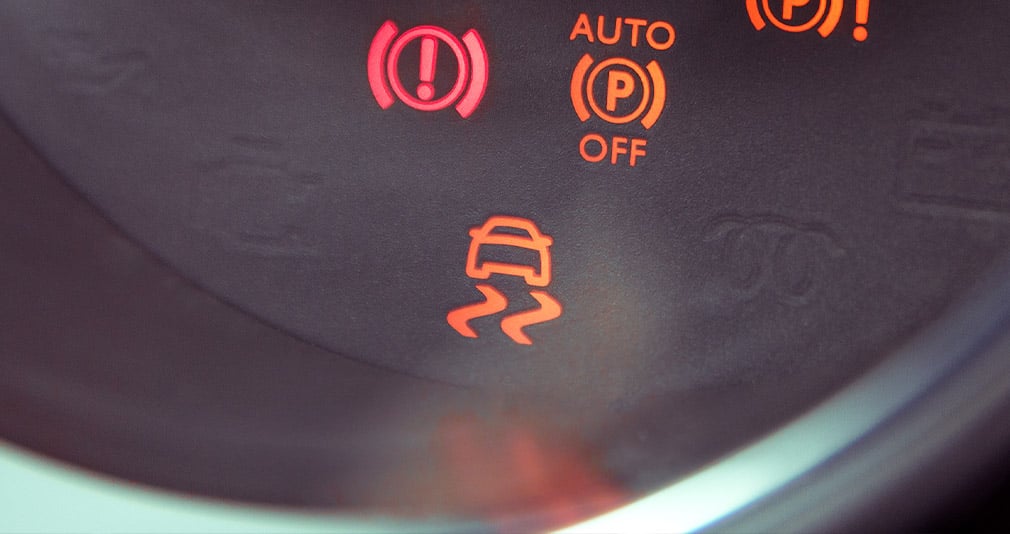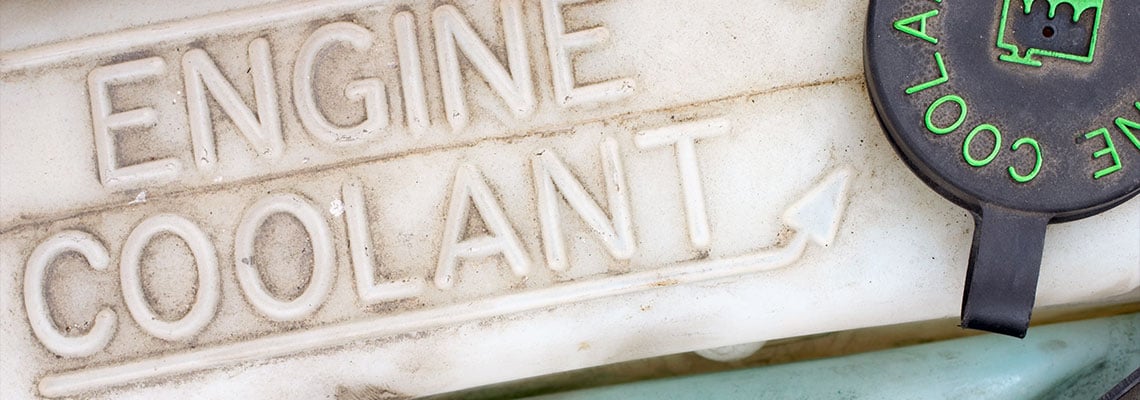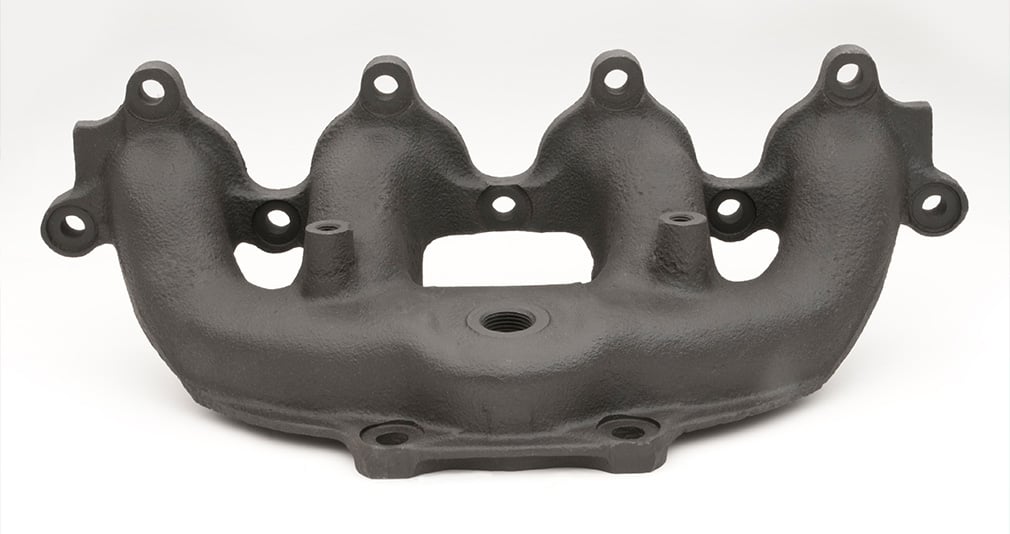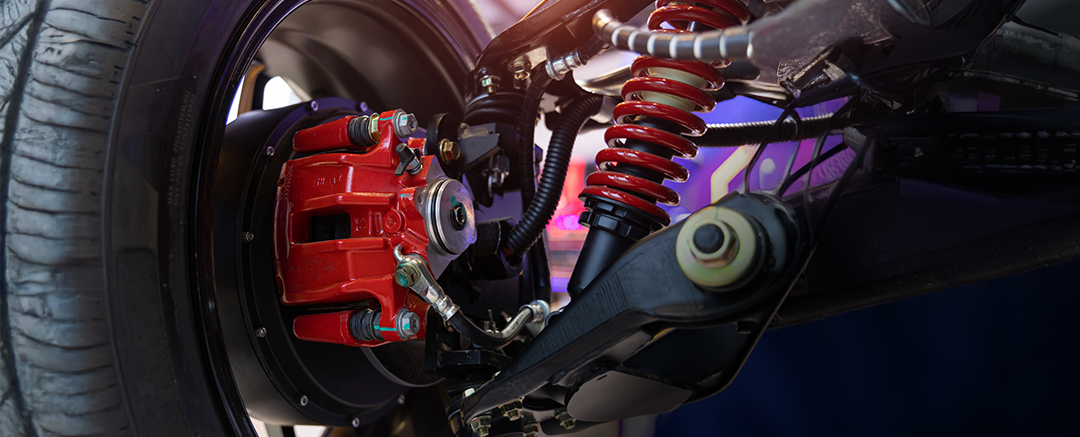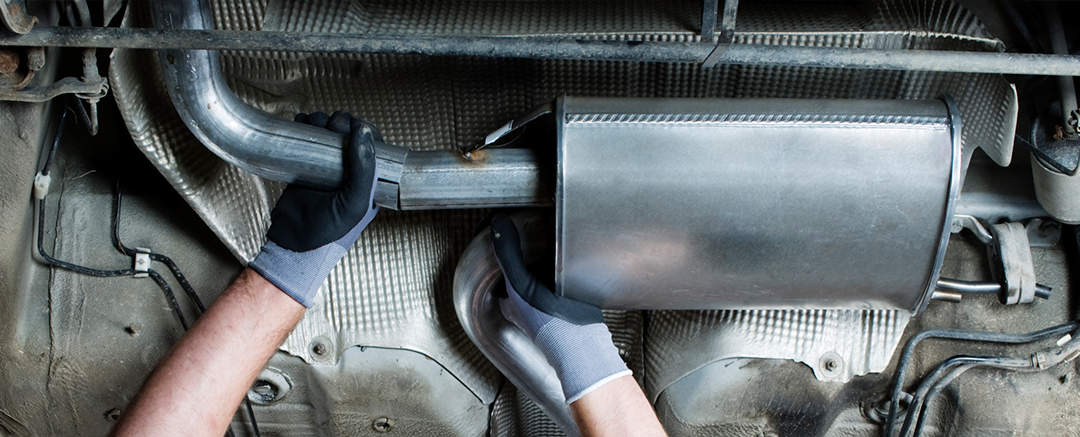Oh, no. It’s the dreaded check engine light — and it made an unexpected (and unwelcome) appearance on your dashboard this morning. What does it mean when an engine light comes on? How much is this going to cost?
There are all kinds of possible reasons for your car’s check engine light to appear, but some of them are much more serious than others. So, what is your check engine light trying to tell you?
What is the check engine light?
The check engine light is an important part of a car’s on-board diagnostics (OBD) system, which has been a fundamental part of all vehicles manufactured since the 1980s. When a problem comes up that the OBD system can’t fix, the computer alerts you by turning on the check engine light.
What the OBD system monitors, exactly, depends on the make, model and year of your car, but all cars manufactured after 1996 have a sophisticated OBD system required under federal law. In these vehicles, the check engine light is specifically for powertrain problems that could have an impact on emissions. As a result, dozens of components and processes are continually monitored and adjusted.
The computer stores a code in its memory that identifies what and where the problem is. When your light comes on, the best plan is to take your car to your mechanic and have them run a quick diagnostic check. Modern cars make this process relatively easy. Typically, a technician can plug in a computer under your dash, and a code will appear that tells what’s wrong. The technician will then inspect the issue.
Here are the five most likely codes that will pop up:
#1: Oxygen (O2) Sensor
Your oxygen sensor might need to be replaced. Your car’s oxygen sensor measures how much unburned oxygen is in your exhaust system. If it isn’t working properly, your engine may burn more fuel than is necessary, which also negatively affects your gas mileage and increases your emissions. A faulty sensor can also eventually damage your spark plugs and even the catalytic converter, which can be a costly repair.
#2: Catalytic Converter
The catalytic converter converts harmful carbon monoxide into carbon dioxide. In doing so, it helps protect the environment. If your catalytic converter is worn out and needs replacement, you will likely not pass an emissions test, and your car will run hot, which negatively affects both performance and gas mileage. It’s important to have your catalytic converter checked as part of your regular car maintenance schedule. If you have a clogged catalytic converter or a damaged one, your car will eventually stop running all together.
#3: Loose Gas Cap
Your gas cap maintains pressure in your gas tank and keeps harmful fumes from being released into the air. If it is cracked or loose, fuel can evaporate out of the tank, which reduces your gas mileage and increases emissions. Fixing the problem is usually as easy as tightening the gas cap or replacing it with a new one, which typically costs less than $5 at any auto parts store.
#4: Spark Plugs
The spark plugs seal the combustion chamber of your car and ignite the fuel to start the combustion in the engine. When spark plugs or plug wires are worn out and need to be replaced, it can affect your car’s gas mileage and overall performance. They can also cause damage to your catalytic converter, O2 sensors or ignition coils. These plugs wear out over time and must be replaced, but in newer makes and models, plugs can last up to 100,000 miles.
#5: Mass Airflow Sensor
The mass airflow sensor measures how much air enters your engine, which determines how much gas is needed to run your engine efficiently. A faulty sensor can lead to damage to your spark plugs, catalytic converter or O2 sensors. It can also lead to bad gas mileage and poor performance. One way to keep your mass airflow sensor from failing is to replace your air filter at least once a year.
What should you do when your check engine light comes on?
If your check engine light comes on, you should get your car looked at as soon as possible. If other dashboard lights and gauges — indicating overheating or low oil pressure, for example — are also on, pull over and shut your engine off immediately, as it could be an indication of a serious problem.
Otherwise, take your car into the shop as soon as possible, so your mechanic can take a look.
Ignoring the problem will only lead to bigger and more expensive issues down the road. And if you are trying to pass a state emissions test, a check engine light will almost certainly cause you to fail.
Is your check engine light on and you’re not sure why? Stop by one of our six Cleveland, Oh area auto automotive shops today and have one of our experienced technicians take a look.

